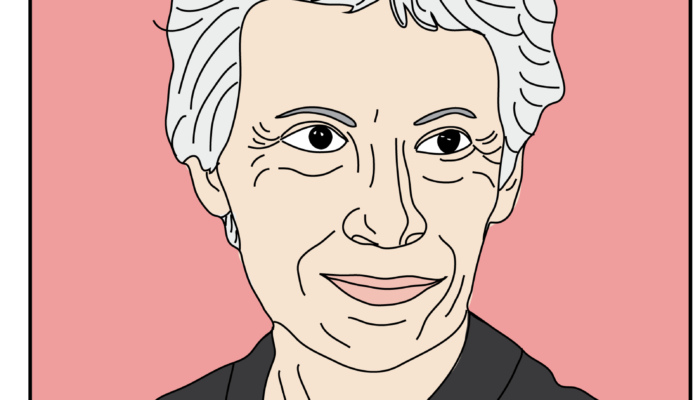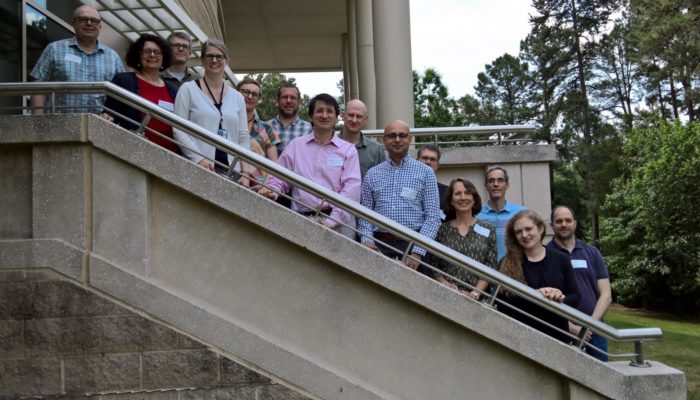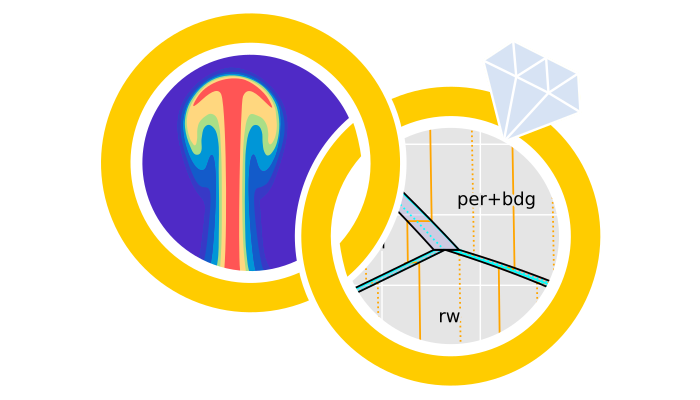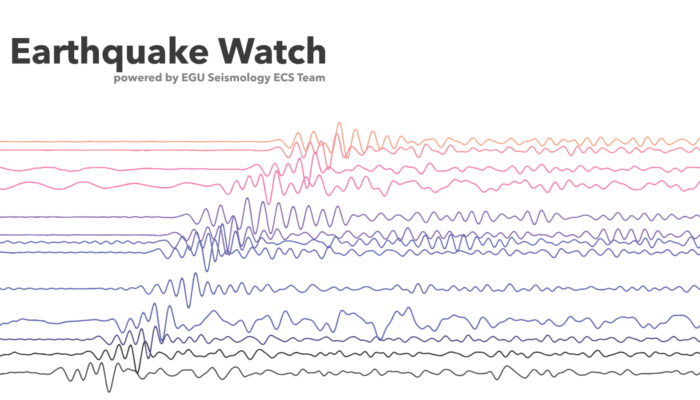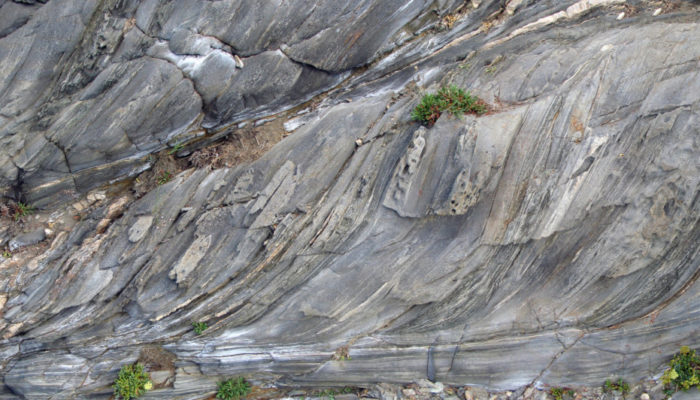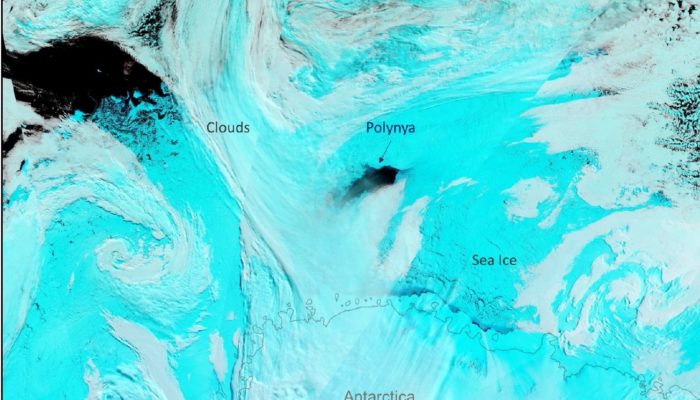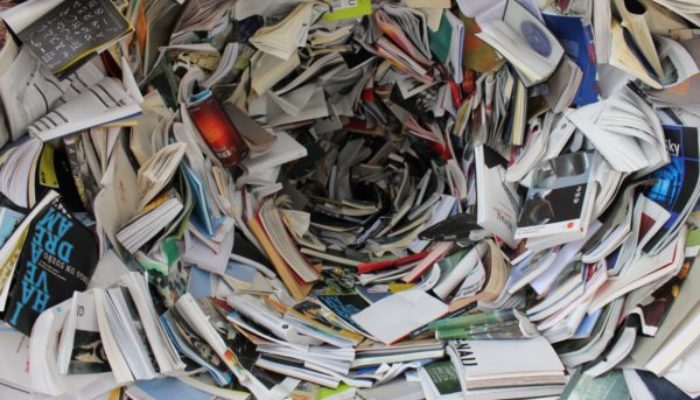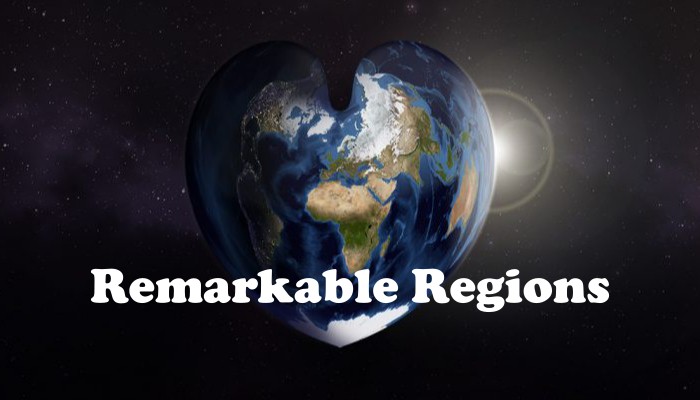On a late summer day in September 1923, Janet Vida Watson was born. With a father working in palaeontology and a mother who did research in embryology until her marriage, Janet grew up with science all around her. She went to South Hampstead High School, known for its science teaching and continued her education in General Science at Reading University. She graduated in biology and geology in 1943 ...[Read More]
Atmospheric Sciences
The acidity of atmospheric particles and clouds
Many of us learned about acidity, or pH, in high school chemistry. We learned that acids like HCl could dissociate into H+ and Cl- and the activity of those H+ ions defined the acidity. In the atmosphere, the same basic definition of acidity, or pH on the molality scale, applies to aqueous phases like suspended particles and cloud droplets. Atmospheric acidity regulates what kinetic reactions are ...[Read More]
Geodynamics
Thermodynamics and Geodynamics: The perfect couple?
In preparation for Valentines day, Bob Myhill explores the potential for close partnership (and even love?) between the geodynamics and thermodynamics communities. Much of Earth and planetary science relies in some way on thermodynamics. This is not a surprise; the elegance1 of its premises makes thermodynamics a robust starting point for many investigations, and the number of thermodynamic applic ...[Read More]
Seismology
Earthquake Watch December: Petrinja Mw 6.4
What we know On December 29, a strong earthquake Mw 6.4 hit Petrinja at 12:20 CET, a town located in Central Croatia. This event is the largest onshore earthquake rupture in Central Europe since the M 6.5 Norcia earthquake occurred in 2016 (e.g. Scognamiglio, 20181) which killed 299 persons and 4,500 became homeless. Recent reports on the Petrinja quake suggest seven fatalities and heavy damages o ...[Read More]
Tectonics and Structural Geology
Features from the Field: Shear Zones and Mylonites
The San Andreas Fault in California, the Alpine Fault in New Zealand, or the Main Frontal Thrust in the Himalayas are some of the most famous and largest fault zones that accommodate the relative displacement between two adjacent crustal blocks. Such faults, however, represent only the shallower expression of something much bigger: a crustal shear zone. In the first 10 kilometers or so of the crus ...[Read More]
Natural Hazards
Advances in earthquakes forecasting pass through machine learning
In today’s interview, we meet Dr Fabio Corbi, a researcher at IGAG-CNR, the Institute of Environmental Geology and Geoengineering of the Italian National Research Council. Fabio has experience in analogue modelling of megathrust earthquakes and he is currently exploring the potentiality of machine learning in this research field. Hi Fabio, would you briefly tell us about you and your career? ...[Read More]
Cryospheric Sciences
Atmospheric Rivers: A blanket for Antarctic winter sea ice
The mysterious appearance and disappearance of the Weddell Polynya, a giant hole in the sea ice cover, has long puzzled scientists. Recent work reveals that the polynya is initiated and maintained by gigantic and formidable atmospheric currents: atmospheric rivers! Read on to find out more… Each year, approximately 15 million square kilometers of ice forms in the Southern Ocean around Antarctica d ...[Read More]
Geodynamics
The Sassy Scientist – Welcome to Hotel California
Congratulations Glenn! You survived your socially distanced PhD defence and after three months in your mum’s spare room you are raring to go, chomping at the bit, and approaching the start line for the next stage of your academic career. Having spent the last eight years in education, it’s time to start a new job! What should I do on my first day at work in a new place? Dear Glenn, Whe ...[Read More]
Tectonics and Structural Geology
TS Must-Read – Ramsay (1980) Shear zone geometry: a review
Ramsay’s 1980 important contribution is a practical and theoretical handbook about shear zones, where the reader can find a detailed classification of shear zones, their description, and mathematical explanation. A definition of the concept of shear zones opens the article, followed by the shear zones classification into three types, namely brittle (e.g., Fig. 1a), brittle-ductile (e.g., Fig ...[Read More]
Geodynamics
Rift linkage and rotating microplates
2020 left your head spinning? This week Derek Neuharth from GFZ Potsdam introduces us to the spinning microplates that can be found in extensional plate boundaries such as the East African Rift System and the East Pacific Rise. Divergent plate boundaries Microplates are enigmatic features that form in the boundaries between tectonic plates. Generally, plate boundary dynamics are divided into three ...[Read More]

